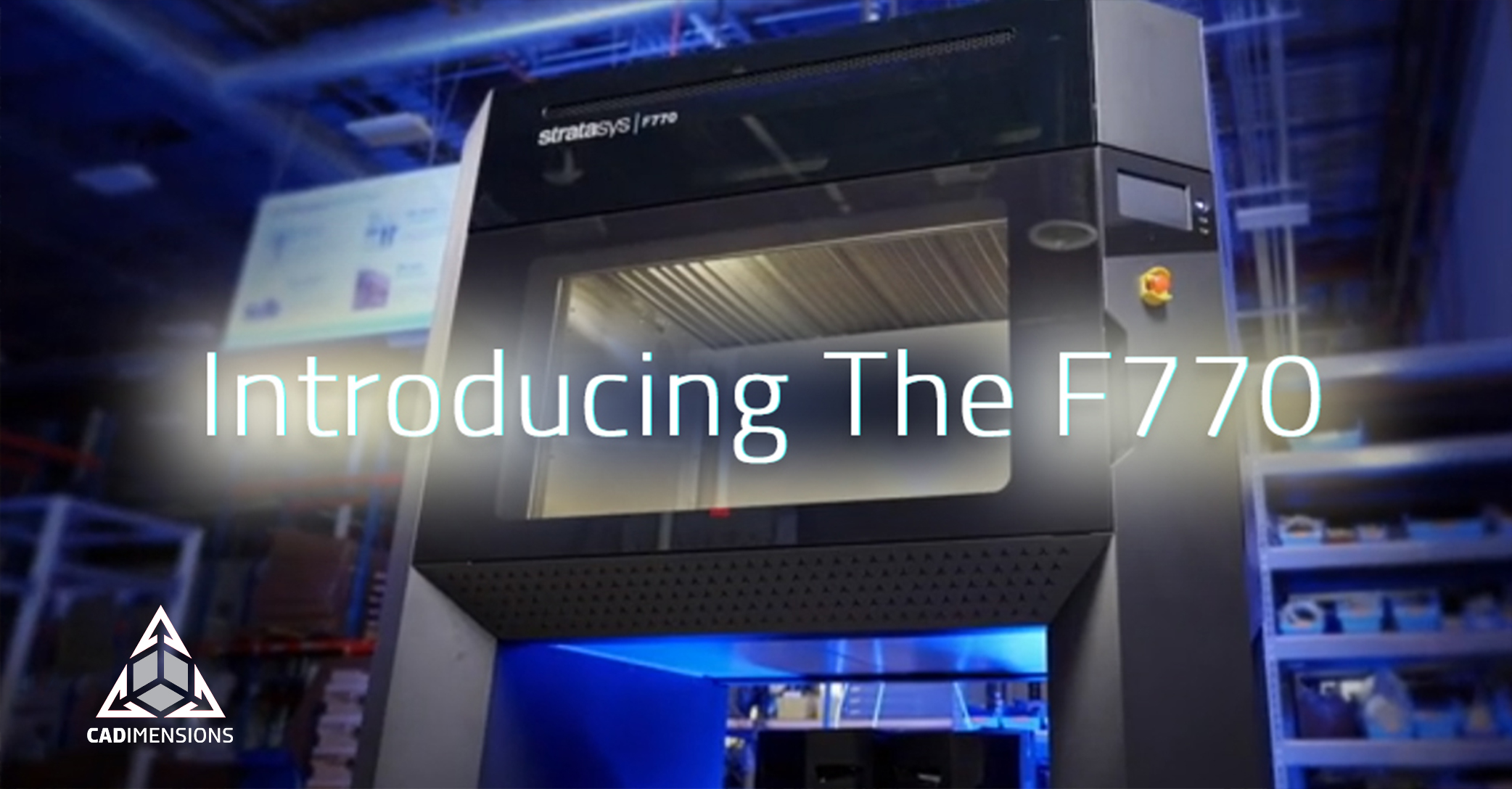True Life: 3D Printed Parts Bailed Me Out
An Additive Manufacturing Story As Told Through Engineers
Officially, my title is Product Manager but only because “Jack of all Trades” doesn’t fit on a business card easily. The product I am responsible for is not especially novel but it’s an adapter from your car’s 12v outlet to the traditional 3-prong, grounded outlets you’d see in your home. A small box with a few ports and some USB outlets. It’s not overly complicated but due to all the recent supply-chain issues, we had problems sourcing our plastic housing. We were able to get them, but they were arriving slowly, and the downstream impact was me on the hook for missing production quotas.
Enter 3D Printing To Bail Me Out
At first, we considered using 3D printing to outright replace our current source. Which is a great idea, except we did not especially know how to go about doing that. The going thought was that we were just producing too many units per day for a 3D printer to handle, not to mention we had limited experience with it - but what if we could use it to prototype our way out of this?
I can’t get my current parts consistently and I can’t replace my supplier without huge consequences which meant we had to get creative and for that, we went back to the root of the problem, the model of the housing. As for our understanding of 3D printing, it was shaky at best so we decided to find a 3D printing service company we could work with on our housing and our model. In a matter of 4 months, we made design changes that led us toward a model that was intended to be produced using 3D printing. Once that lightbulb clicked ‘on’, we knew we had something we could work with. We now had a model, optimized to be produced on a 3D printer and physical proof it would meet our requirements. We worked through several prototypes and landed on something we knew worked.
Less Cost Per Prototype
Usually, the cost for us to produce a prototype of the housing was on the order of $1,200 - $2,000 per piece but we found our 3D printed prototypes came in well under that, and we were able to walk away with a new model that would allow us to transition to a more stable, long-term solution. We could now stretch the budget for a single prototype to produce 3 or 4 and let my engineering team have more freedom. With a lower prototype cost, we were able to test more often and push some boundaries.
It’s The End Of The Line
It took my team less than 3 months to resolve what had been a drag on the biggest KPI related to my performance, quality output. It felt great to get recognized by my company for our department’s creative use of 3D printing to save the company time and money.


















